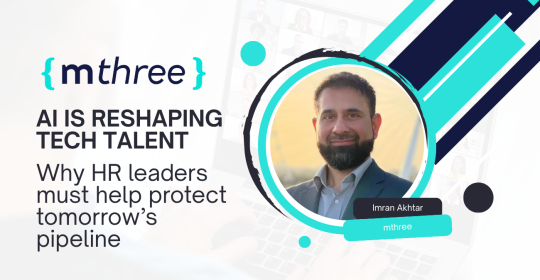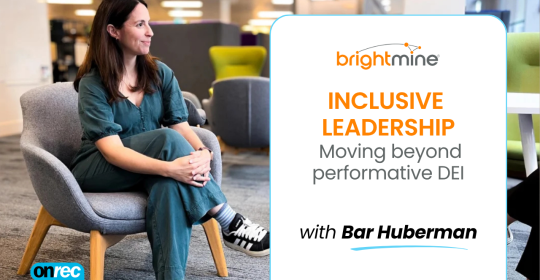You might be missing out on a raft of talent – without even realising it.
Neurodiversity is the umbrella term for dozens of conditions, such as ADHD, dyslexia, dyspraxia, and autism, and it refers to neurologically atypical patterns of thought or behaviour.
As diagnosis becomes more common and accessible, one in seven of the UK population now falls within the neurodivergent category. Yet it’s estimated that 30-40% of neurodivergent employees are unemployed. That’s three times the rate of people with physical disabilities and eight times the rate of people without disabilities.
It’s about time that employers educate themselves and ensure their workplaces are suitable to welcome neurodivergent individuals to their teams.
The risk of not doing so? There was a 40% rise in employment tribunals relating to autism, a 31% rise in Asperger’s cases and a 14% rise in dyslexia claims in 2021 compared with previous years, indicating that discrimination on these grounds is being brought to the fore.
There is an abundance of benefits to hiring neurodivergent people, some of which include high levels of attention to detail, good memory, drive and passion, and creativity – which are usually much sought-after characteristics when recruiting.
Studies have found that neurodivergent teams are 30% more productive than neurotypical ones and made fewer errors.
However, there’s a wealth of reasons that may prevent a neurodivergent individual from thriving in the workplace – or from even applying for a role at all.
To better open your arms to neurodivergent applicants, employers should consider amending their recruitment processes. Job adverts should steer clear of terms that might be too broad and open to interpretation like ‘good communicator’ and ‘team player’. Instead, focus solely on the technical skills required.
It’s not uncommon for those who are neurodivergent to struggle with social situations, so instead of traditional interviews, a trial work period may be preferred, or allow a supporter to attend the interview.
Once you’ve made your hiring processes neurodivergent-friendly, what next?
Well, the support needs to continue throughout the employment journey. You may need to make reasonable adjustments. For example, allowing work to take place from a quiet area; offering flexibility with working hours to reduce distraction, stress, and fatigue; managing any sensory issues which can be minimised by desk partitions, noise cancelling headphones, adjusting lighting, etc.; introducing mentors to support in social situations; and providing an explanation of any unwritten rules of the workplace.
But first, you need to establish a culture of open communication where your people feel comfortable and empowered to ask questions, raise concerns, and request support.
Non-visible disabilities should be addressed by employers in the same way as visible ones, so consider rolling out equality and diversity training to your management teams to help them feel confident in approaching conversations about neurodiversity, so that they are better able to aid impacted staff and help them to thrive.
Supplement these approaches with robust policies relating to equal opportunities and workplace diversity which should tie into wider policies and procedures that communicate a zero-tolerance stance against any form of bullying, harassment, or discrimination.
Introducing a standalone neuro-inclusion policy, which can provide a description of the conditions and how they should be approached at work by colleagues and managers and should highlight the reasonable adjustments available, removes any ambiguity about the way that they should and can be supported.






